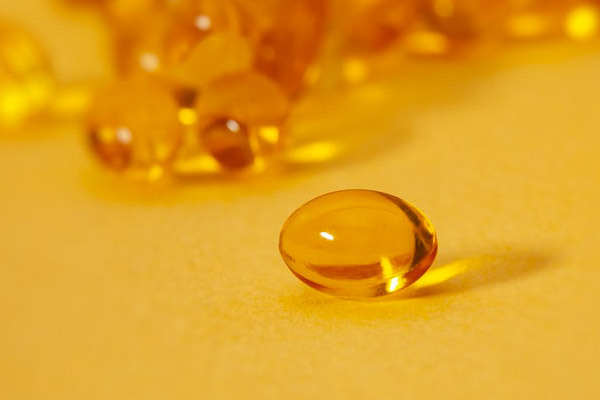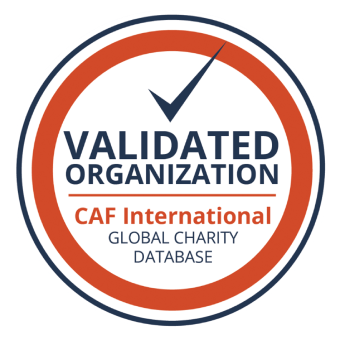Side-effects of cancer treatment such as chemotherapy in combination with existing malnutrition are associated with adverse clinical outcomes in children with cancer. This write-up summarises the results of a comprehensive literature search on the role of omega-3 fatty acids in paediatric oncology that was published as a review article recently. The authors of the review article conclude that omega-3 fats by virtue of its diverse effects on numerous biochemical pathways can be a relatively non-toxic form of supportive therapy although routine administration in paediatric oncology warrants further research.
Malnutrition (undernutrition and overnutrition) is a frequent occurrence in paediatric cancers and is a predictor of lower treatment tolerance. A malnourished child is also susceptible to secondary side-effects of cancer treatment which can again negatively affect the nutritional status. The causes of malnutrition in paediatric cancer patients are multifactorial and dynamic in nature. Iatrogenic effects due to treatment, complex metabolic disturbances, and changes in the inflammatory and hormonal systems trigger catabolic changes in the patient with cancer that results in undernutrition. These effects are very often exacerbated by poor appetite, vomiting and nausea that hinder adequate food intake. A salient feature of cancer-related wasting is the loss of both muscle mass and adipose tissue. This is caused due to complex metabolic derangements resulting in systemic inflammation, oxidative stress, cytokine-mediated neuro-inflammation, appetite fluctuations, increased energy requirements and negative energy and protein balance.
Polyunsaturated fatty acids (PUFA) can be divided into omega-3 and omega-6 PUFAs. Both are essential and must be supplied through the diet as they cannot be synthesized by the body. The modern diet consists of an abundance of omega-6 fats but not omega-3. Nutritionists and food scientists recommend that the ratio of omega-3 to omega-6 in foods should be skewed in favour of omega-3 not only in the normal population but more so in patients with illnesses. Hence, it is recommended that foods that naturally contain omega-3 PUFAs are marine
fish (herrings, halibuts, mackerels, salmon) or vegetable oils and seeds, primarily flax, canola, and soy be included in the diet. The different types of Omega-3 PUFAs are α-linolenic acid, stearidonic acid, eicosapentaenoic acid (EPA), docosapentaenoic acid and docosahexaenoic acid (DHA).
There are various epidemiological and research studies indicating that omega-3 PUFAs have antitumoral effects. A comprehensive literature search, therefore, was conducted on PubMed by Podpeskar et al for studies that evaluated the role of nutrition and omega-3 supplementation in paediatric oncology. The authors included meta-analyses, systematic reviews, observational studies, and individual randomized controlled trials (RCTs) on macro and micronutrient supplementation in pediatric oncology. The results of this analysis are described below.
Omega-3 PUFAs were reported to exert their antitumoral effects by influencing multiple targets involved in different stages of cancer development, including mitosis, cell survival, angiogenesis, inflammation, and epigenetic modifications. The anti-inflammatory role of omega-3 PUFas was however thought to be the most important. The authors also mentioned a study that reported that higher consumption of EPA was associated with lower weight loss during chemotherapy and a higher blood DHA concentration was associated with higher BMI percentiles. EPA supplementation also resulted in stabilization of resting energy expenditure (a parameter that is elevated in some cancers) after EPA supplementation, with significantly increased quality of life and improved appetite. The authors cited another study that showed that an EPA containing nutritional supplement, which is protein and energy-dense, could significantly show anti-cachectic effects in paediatric cancer patients during intensive chemotherapy. The omega-3 fatty acid DHA could be used effectively in neuroblastoma patients. DHA appears to augment the cytotoxicity of chemotherapeutic agents against the tumour cells while protecting the normal neural cells by reducing oxidative stress.
The review paper also cites evidence from various clinical trials in adult patients that proves that omega-3 PUFA supplementation during treatment increases tolerability of chemotherapy, regardless of the type of drug used. Omega-3 PUFAs, especially EPA and DHA, have been reported to improve treatment response, protect from toxicity, and tackle secondary complications when used as an add-on during chemotherapy. There are also several studies that attribute the reduction of symptoms like fatigue, appetite loss, nausea, vomiting, and improvement of nutritional status to omega-3 PUFA supplementation.
The authors conclude that due to the wide range of dosages and types of supplements used in the different studies, there is no sufficient data for quantitative recommendations. They instead suggest following the European Food Safety guidelines of 100 mg/day (for children and infants up to 24 months) and ~250 mg DHA and EPA/day for adults.
In conclusion, although some researchers propose that supplementation of antioxidants such as omega-3 PUFAs may lessen the toxicity of conventional therapies, there is still some debate about their possible harmful effects. The authors summarise that as omega-3 PUFAs exert various beneficial effects on the immune system, various metabolism pathways and proliferation processes, administration of DHA and EPA appear to be a relatively non-toxic form of supportive therapy in cancers. However, further research is warranted before omega-3 PUFA supplementation can be recommended routinely.
Written by:
Dr Sripriya Venkiteswaran (Ph.D Nutritional Sciences)
Content Consultant
Cuddles Institute of Clinical Nutrition
Source Article: Podpeskar, A.; Crazzolara, R.; Kropshofer, G.; Hetzer, B.; Meister,B.; Müller, T.; Salvador, C. Omega-3 Fatty Acids and Their Role in Pediatric Cancer. Nutrients 2021, 13, 1800. https://doi.org/10.3390/ nu13061800
Reference:
Podpeskar, A.; Crazzolara, R.; Kropshofer, G.; Hetzer, B.; Meister,B.; Müller, T.; Salvador, C. Omega-3 Fatty Acids and Their Role in Pediatric Cancer. Nutrients 2021, 13, 1800. https://doi.org/10.3390/ nu13061800





